- pssexports@gmail.com
- +91 9843226810
Research has proved that medicinal herbs possess medicinal properties to cure human diseases. The World Health Organisation (WHO) has estimated that perhaps 80% of earth's 6 billion inhabitants rely upon traditional medicine for their primary health care needs and a major part of this therapy involves the use of plant extracts or their active principles.
Modern drugs or conventional medicine is often viewed as impersonal and expensive. It also brings some side effect, which are sometimes more dangerous than the disease itself. Scientists in many parts of the world have carried out extensive research and have proven to humanity the effective use of herbal medicine.
India is the largest producer of medicinal herbs and is rightly called the "BOTANICAL GARDEN OF THE WORLD". India is set to become a Rs.4,000 crore herbal market during the next five years, and a global supplier of herbal products conforming to international standards, About 4,000 useful plants have already been identified and further screening is on to identify other plants.
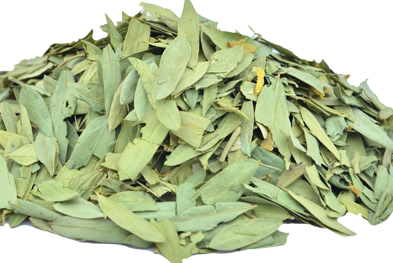
Here we present a brief description of few herbs, which possess medicinal value.
For generations together, P.S.S. Exports is involved in the Senna business. Senna is a harmless medicine and is used as laxative and purgative. The Senna season starts from March and ends in October.
Senna leaves cultivated in and around Tuticorin is purchased from the farmers in the crude form. After removing the foreign materials & stems we segregate them in to five grades based on the size of the leaves. From Tuticorin, which is the major market for Senna about 7,300 MT of Senna & other medicinal herbs are exported yearly.
Botanical Name: Cassia Angustifolia
English Name: Senna Leaves
Habitat: Cultivated in Southern India at Tirunelveli, Madurai, and Trichirapally
Parts Used: Pods and Dried leaves
The leaves are astringent, bitter, sweet, acrid, expectorant and febrifuge. They are useful in treating constipation, abdominal disorders, leprosy, skin diseases, leucoderma, hepatopathy, jaundice, helminthiasis, dyspepsia, cough, bronchitis, typhoid fever, anaemia, tumours and vitiated conditions of pitta and vata.
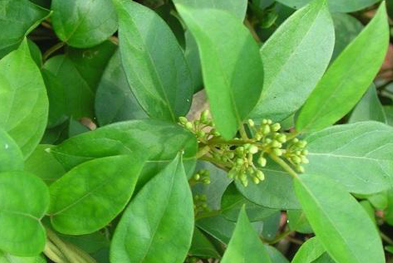
We are the pioneer and premier exporter of Gymnema Sylvestre Leaves. We also export Gymnema Tea, Gymnema Sylvestre Leaves "T" Cut and Gymnema Extract.
Botanical Name: Gymnema Sylvestre
English Name: Gymnema Sylvestre Leaves
Habitat: A climbing plant common in Central and Southern India, on the Western Ghats, and in the Goa territory
Parts Used: Root, Leaves and the acid principle
On account of its property of abolishing the taste of sugar, it has been given the name of 'Gurmar' meaning 'Sugar - Destroying' and it is believed, therefore, that it might neutralize the excess of sugar present in the body in diabetes mellitus. In Bombay and Central India has been used as a remedy against this condition with success. Root has long been reputed as a remedy for snakebite, its powder being dusted upon the wound, or made into a paste with water and applied and a decoction given internally. Leaves when chewed deaden the sense of taste of sweets and of the bitterness of bitter substances such as quinine. This effect lasts for about one or two hours; it does not affect pungent saline things, astringents and acids.
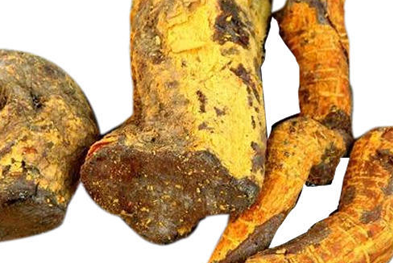
Botanical Name: Salacia Reticulata
English Name: Ponkorandi
Habitat: Throughout India in forests
Parts Used: Roots
The roots are acrid, bitter, acrid, thermogenic, urinary astringent, anodyne, anti - inflammatory, depurative, emmenagogue, vulnerary liver tonic and stomachic. They are useful in vitiated conditions of vata, diabetes, haemorrhoids, inflammations, leucorrhoea, leprosy, skin diseases, amenorrhoea, dysmenorrhoea, wounds, ulcers, hyperhidrosis, hepatopathy, dyspepsia, flatulence, colic and spermatorrhea.
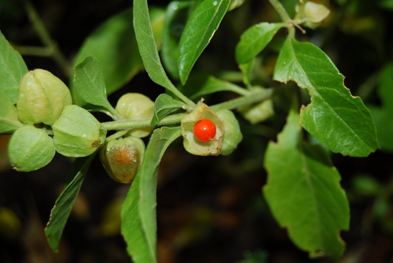
Botanical Name: Withania Somnifera
English Name: Ashvagandha Roots (Winter Cherry)
Habitat: Throughout the drier parts of India, in waste places, also cultivated
Parts Used: Roots and Leaves
The tuberous roots are astringent, bitter, acrid, somniferous, thermogenic, stimulant, aphrodisiac, diuretic and tonic. They are useful in vitiated conditions of vata, leucoderma, constipation, insomnia, tissue building and nervous breakdown. The leaves are bitter and are recommended in fever, painful swellings and ophthalmitis. A paste of the roots and bruised leaves are applied to carbuncles, ulcers and painful swellings.
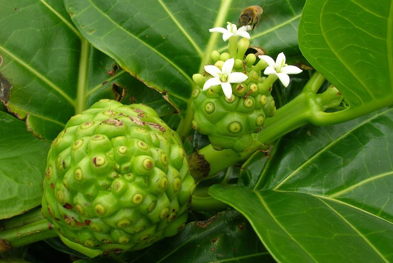
Botanical Name: Morinda Citrifolia
English Name: Indian Mulberry
Habitat: Bengal, Bihar, Central Provinces and South India
Parts Used: Roots, Leaves and Fruits
Root and root-bark yield a bright, though not a very lasting, red dye "morindin" a glucoside crystalline principle, which is used for colouring. Root is used as a cathartic. Fruit and Leaves in decoction are administered as deobstruent and emmenagogue; also as tonic and febrifuge. Root is astringent. Charred leaves made into a decoction with a little mustard are a remedy for infantile diarrhoea; with aromatic, the decoction is given in dysentery. Leaves applied to wounds and ulcers have a healing effect. Expressed juice of leaves is applied to relieve pain in gout.
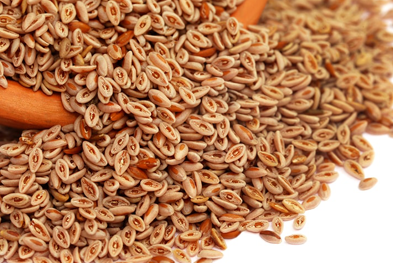
Botanical Name: Plantago Ovata Forssk
English Name: Psyllium Husk
Habitat: Cultivated in Punjab, Gujarat and Haryana
Parts Used: Seeds
The seeds are sweet, astringent, refrigerant, emollient, mucilaginous, diuretic, laxative, anti-inflammatory. "When soaked in water, the seeds become enormously swollen with an abundant coating of adhering mucilage, which is free from taste and odour". Ispaghul seeds are used in catarrh, chronic dysentery, intestinal fluxes, diarrhoea, blennorrhoea and other disorders of the bladder, urethra, kidneys, dry cough, duodenal ulcers, haemorrhoids, emacation and general debility. Dose is ½ to 2 drachms in powder, sometimes mixed with sugar or better in decoction (1 in 20 to 40) which forms cooling, tasteless (if without sugar) jelly like demulcent drink.
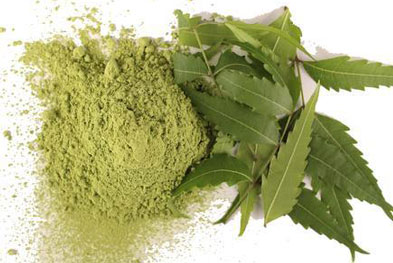
Botanical Name: Zadivachta
English Name: Azadirachta indica
Habitat: Most well-known for its insecticidal properties, the neem tree (Azadirachta indica) grows as a statuesque woodland, shade and crop tree in many tropical and subtropical countries.
Parts Used: Leaves
The leaves of neem are antiseptic and non bacterial. Neem oil is used with other oil to manufacture some products like msdicated soaps. Neem has played an important role in traditional Indian remedies, Ayurveda and Naturopathy. Just growing a neem tree in your garden and inhaling its aroma can be beneficial in many ways. Without a neem tree, it becomes difficult to make fresh neem paste face packs or neem juice everyday. But using the powder can give you the same benefits as fresh leaves. Also, since the powder is more concentrated, only little quantity is required for each use. Read on to know the various uses of neem powder and how to make at home.
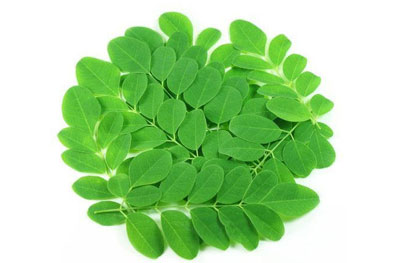
Botanical Name: Moringa oleifera
English Name: Drumstick tree, Senjana
Habitat: The tree has been extensively cultivated due to its value as a resilient, highly nutritious, and medicinal plant that grows well in arid habitats.
Parts Used: Leaves
Moringa is beneficial for a wide variety of reasons and hence is sometimes referred to as ‘super food’. Moringa is often used to treat arthritis, anemia, asthma, cancer, constipation, diabetes, diarrhea, epilepsy and stomach and intestinal disorders. It also helps to deal with headache, heart problems, and kidney stones, helps to lower high blood pressure, regulates retention of fluid in our body and prevents bacterial, fungal, viral and parasitic infections. It contains essential amino acids which help in the production of protein in our body.
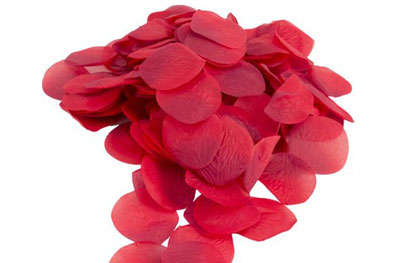
Botanical Name:Rosa Centifolia
English Name: Red Rose, Pink Rose
Habitat:There are many varieties of roses but they all need similar habitats from the soil, and mother nature to survive. If they are tended to and cared for properly, they will thrive for many years without being transplanted.
Parts Used: petals
The range of Rose Petal Powder we offer is an essential ingredient in many face packs, facial scrubbers, body powders, perfumes, etc. Owing to its cooling properties and soothing fragrance. The Rose Petals are also effective in curing skin infections, inflammation, swelling and prickly heat.
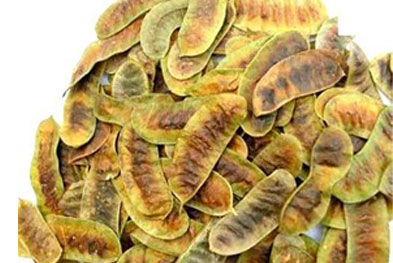
Botanical Name:Senna alexandrina
English Name: Avaram senna.
Habitat:Senna has been traditionally used as laxative by civilizations across the world. Leaflets are the primary parts used for medicinal purposes.
Parts Used: Leaves, seeds
It is used as herbal tea, treatment of constripation, used as laxative. Senna Pods is plucked from organic sources, properly tested before supplied, available at the market leading prices. It is used to treat constipation and also to clear the bowel before diagnostic tests such as colonoscopy. Senna is also used for irritable bowel syndrome (IBS), anal or rectal surgery, tears in the lining of the anus (anal fissures), hemorrhoids, and weight loss. Senna fruit seems to be gentler than senna leaf.
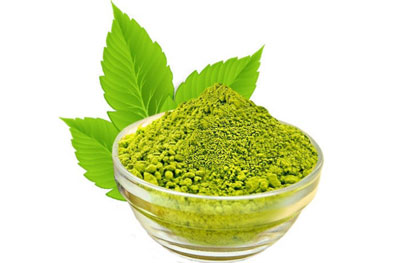
Botanical Name:Ocimum sanctum
English Name: Holi basil
Habitat:Leaf extract shows immunostimulatory, anti-inflammatory, antipyretic and analgesic activity. Essential oils from leaf show antibacterial and antifungal activity. Contains methylchaviol, eugenol and other volatile, commercial oils.
Parts Used: leaves
It is used for skin problems, to developing a sharp mind, fatness and laziness. People those who experience frequent vomiting. Used for facial skin, Malaria, treatment for hair fall/grey hair and cancer. Tulsi has been used for thousands of years in Ayurveda for its diverse healing properties. It is mentioned in the Charaka Samhita, an ancient Ayurvedic text. Tulsi is considered to be an adaptogen, balancing different processes in the body, and helpful for adapting to stress.